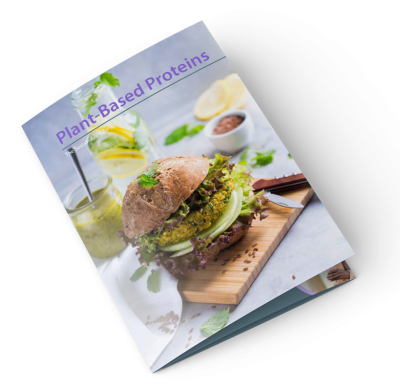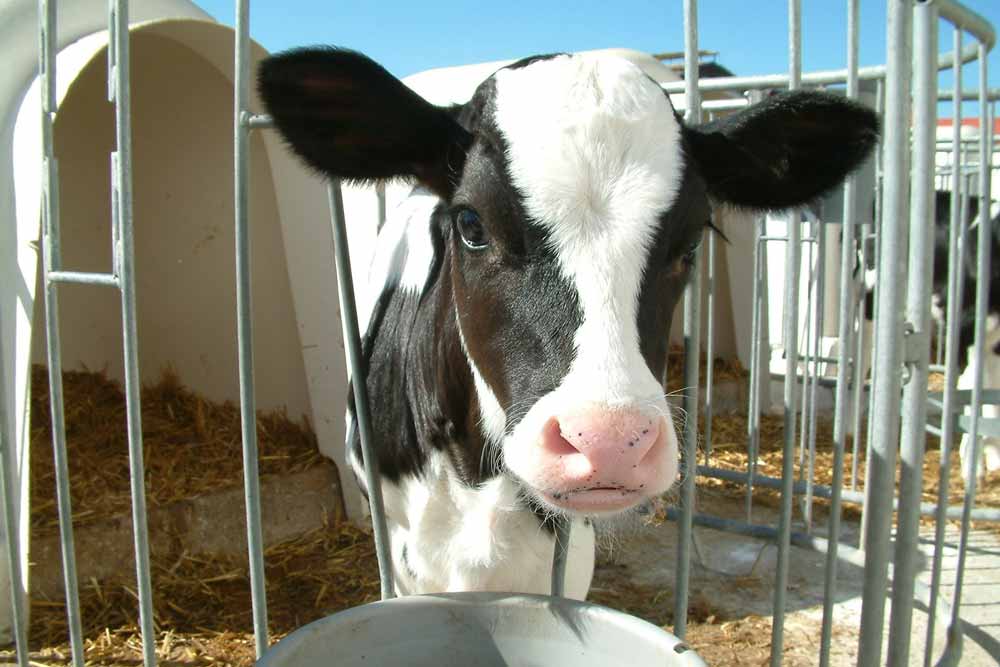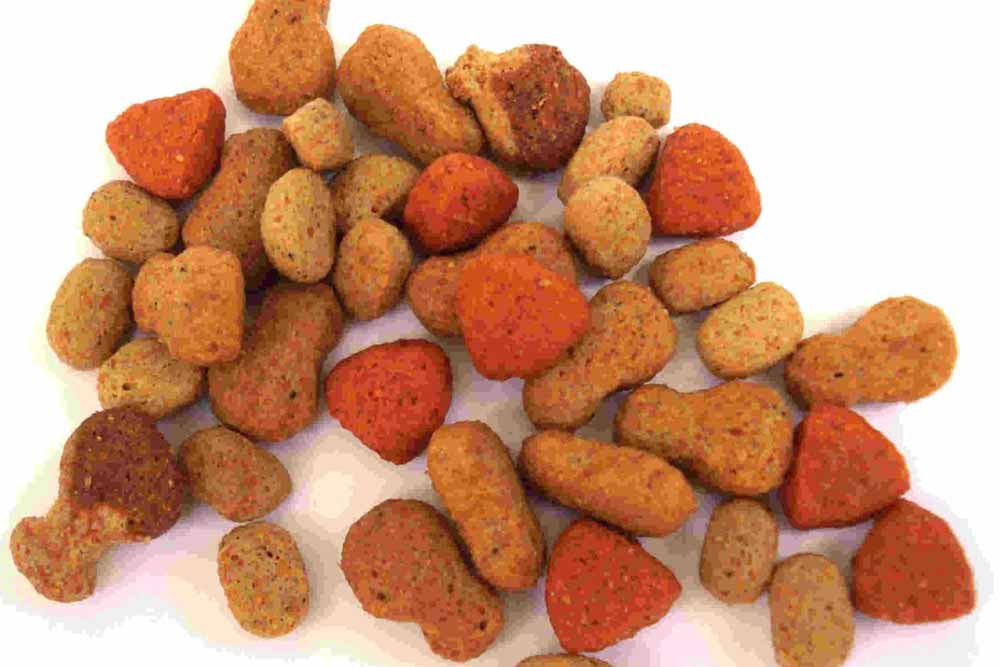What are Plant-based Proteins & Fibres?
The European starch industry processes primarily EU-grown maize, wheat and starch potatoes as well as peas, rice and barley, and valorises all the components of the raw materials, to produce a broad range of innovative and traditional products and ingredients, but also fibres and plant-based proteins with a wide scope of functionalities and uses.
In the food market, innovative applications include bakery and specialised nutrition for example in sport nutrition, food for the elderly, plant-based drinks, meat alternatives, hospitals’ clinical diets.
In the specialised feed markets, proteins from the starch industry are used for example in salmon rations, but also in pet foods and calf milk replacements.
Other outlets include animal feed for cattle, pig and poultry feed, for the production of milk, meat, or eggs.
Depending on the raw materials, proteins have specific qualities and uses
Maize proteins are developed in animal nutrition in 2 forms:
Wheat gluten (wheat protein purified) is used:
Proteins of potato are developed in animal nutrition in 2 forms:
Wheat gluten and human consumption
Rehydrated gently, vital wheat gluten has the capacity to form a continuous extensible and airtight elastic network. It is the only protein with this property, which is called visco-elasticity.
If a flour does not contain enough gluten, the bread breaks down, has little volume, and its crumb is irregular. Millers use either wheat, rich in proteins, or directly gluten in order to improve the quality of baking of flour.
Thanks to its properties of visco-elasticity and binding, gluten also improves resistance in puff and frozen pastries. It ensures good handling, and also cohesion of meat preparations . Wheat proteins offer high nutritional value , and can be used either as a basic ingredient, or combined with other vegetable proteins. A pure and concentrated source of proteins, they form a perfect substrate for hydrolysis in the preparation of soya sauces and vegetable protein hydrolysates.
90% of gluten is used in applications which traditionally employed wheat flour.
Proteins and animal
nutrition
The proteins coming from the starch industry are purified and standardised proteins. They are vegetable proteins with each one having particular characteristics. Thus they are useful, in addition to their nutritional properties, for particular applications within animal nutrition.
Thanks to their good nutritional balance resulting from an excellent distribution of the amino acids, potato proteins are part of the composition of high added value food, intended for calves ( milk substitute), or for piglets.
The specific richness of maize proteins in yellow pigments makes them highly interesting in certain food products (influence on the colour of eggs). They are also increasingly used in dry food for dogs and cats.
Wheat gluten is used both for its nutritional properties (higher digestibility) and as a binder, for the cohesion which it gives particularly in aquatic feed or in meat analogues for pets food.
Hydrolysed protein is used as the first choice source of protein in food for calves and piglets.












